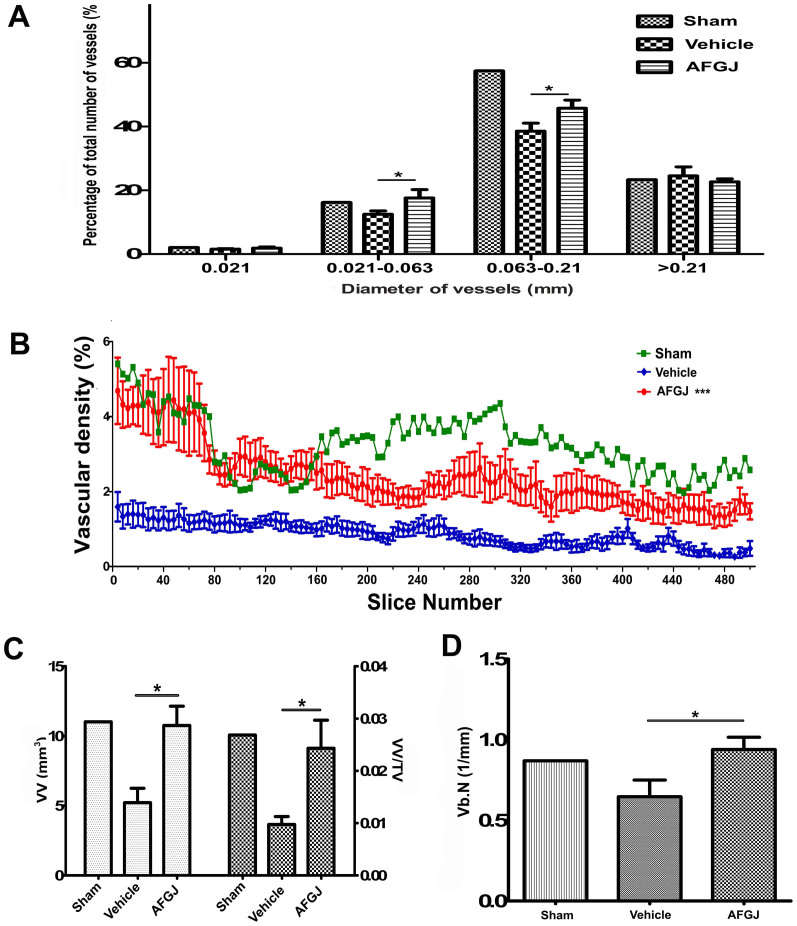Figure 3. MicroCT based quantitative analysis (n = 6).
(A) The distribution of different diameters of vessels. The densities of the arterioles (21–63 μm) and the microvesesles (63–210 μm) in the hearts of AFGJ-treated hearts were significantly higher than those in the hearts of vehicle-treated group (*, p < 0.05). However, the densities of vessels (at diameters less than 21 μm or greater than 210 μm) showed no significant difference between the two groups. (B) The representative 2D evaluation of unit area of vessels in ROI that was derived from 125 data sets of 500 slices. The result showed that the average density of vessels of AFGJ treated hearts was significantly higher than that of vehicle treated hearts (***, p < 0.001). (C) Quantitative volumetric measurements of heart vascular angiogenesis. The left Y-axis represents the vascular volume (VV) of ischemic area. VV was significantly increased in AFGJ treated hearts compared with that in vehicle treated hearts (*, p < 0.05). The ratio of VV within total volume (TV) as illustrated by the right Y-axis also increased in the AFGJ treated hearts compared with that in the vehicle treated group (*, p < 0.05). (D) Quantitative measurement of AFGJ induced therapeutic angiogenesis represented as vessel branching points. The bar graph showing the detailed information that the average number of segment cross-sectional vessels in AFGJ treated hearts was significantly increased compared with that in vehicle treated hearts (*, p < 0.05).

